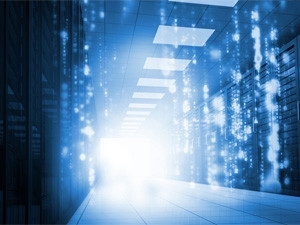
With load shedding a constant reality in SA, electricity is a growing concern - and nowhere more so than in the data centre business.
This is according to local engineering consulting company Aurecon, which notes data centres have for years been known to be excessive consumers of power, consuming roughly 10 times more per square metre than the average office.
Peter Greaves, Aurecon's expertise leader for data and ICT facilities, says load shedding will drive a greater level of reliance on backup generator systems that are installed in data centres.
If load shedding is generally implemented, he says, facilities with cogeneration energy systems will become more viable as they will be able to reduce their cost base in comparison to operators that are running exclusively on diesel supplies.
Here are some of the key points around data centres - which the company dubs "the world's greatest energy guzzlers" - and how load shedding can be mitigated in SA, where the data centre business is "in the early stages of development".
1. Data centres consume up to 3% of all global energy production.
2. There are several options to save energy in data centres: virtualisation, ARM (advanced RISC machines) based processors, practical management of facilities and implementing power usage effectiveness targets.
3. Cooling systems in data centres are large power guzzlers. Free cooling opportunities exist in many locations.
4. Data centre managers need to decide whether they are going to use direct or indirect free-cooling.
5. Load shedding will drive a much greater level of reliance on backup generator systems. Data centre operators will need to manage generator fuel demands.
6. Key processing tasks can be scheduled to take place after peak hours to save energy.
7. While solar energy could supply data centres with energy, it would need to be ramped up to be usable by uninterrupted power supply systems.
8. Future trends in data centre design and development include integrating cost-effective, sustainable energy solutions.
Share